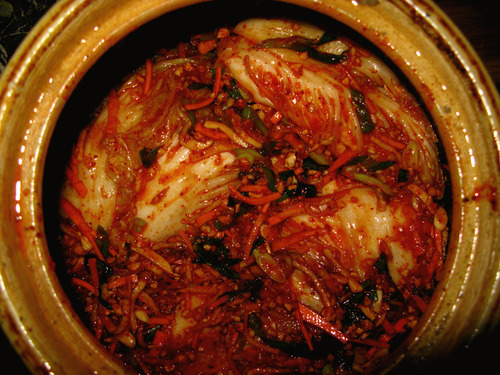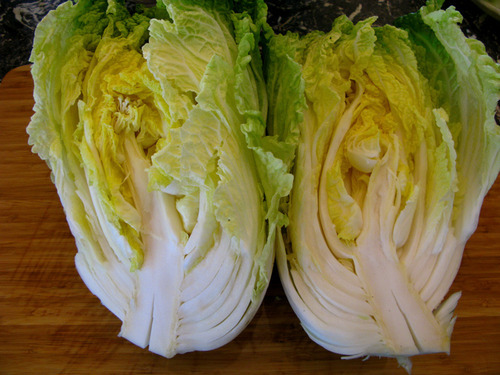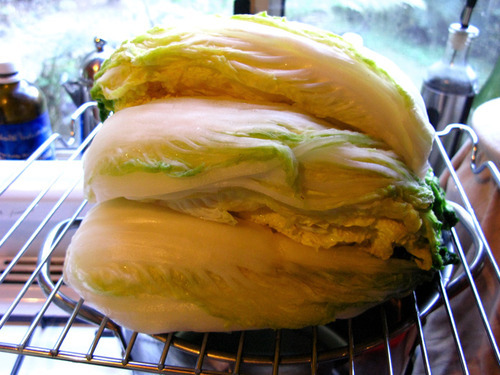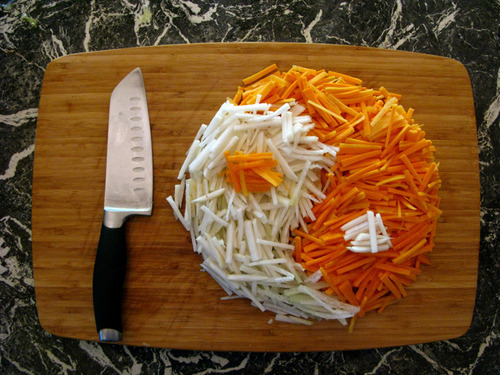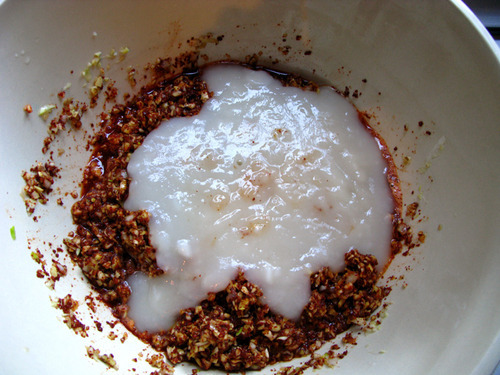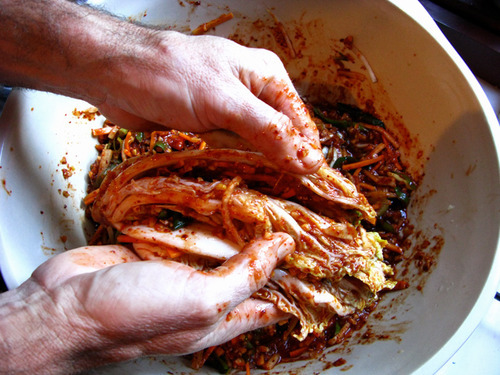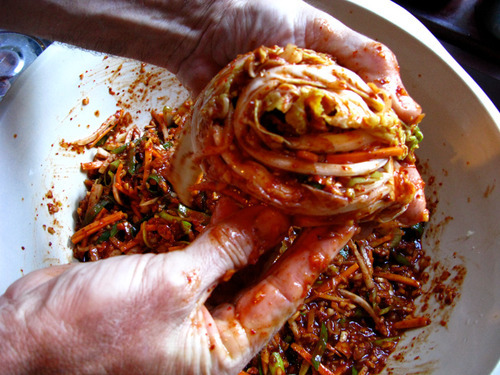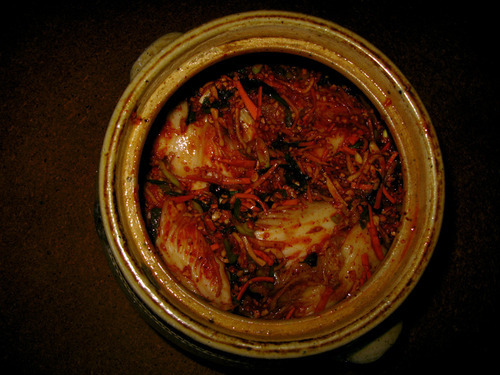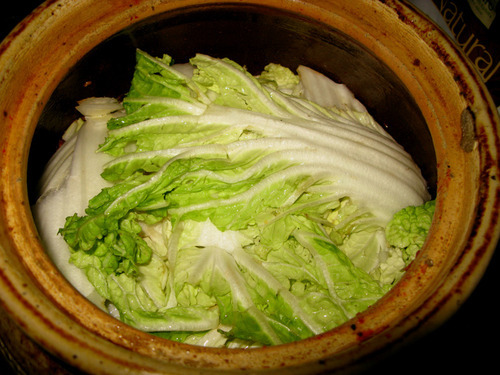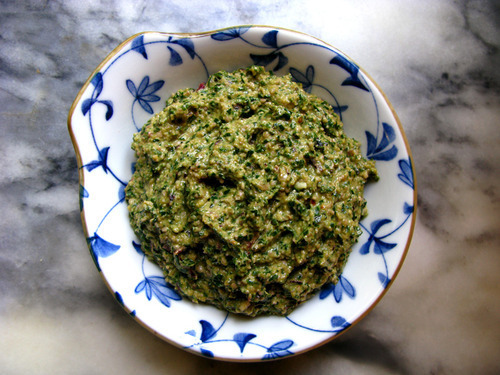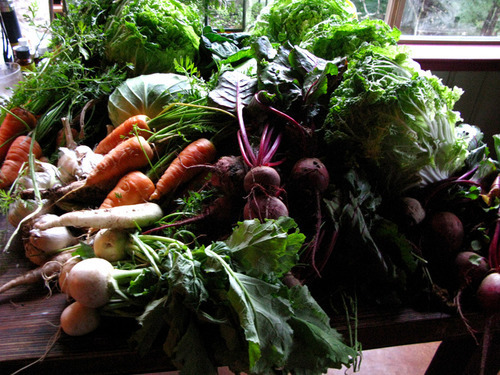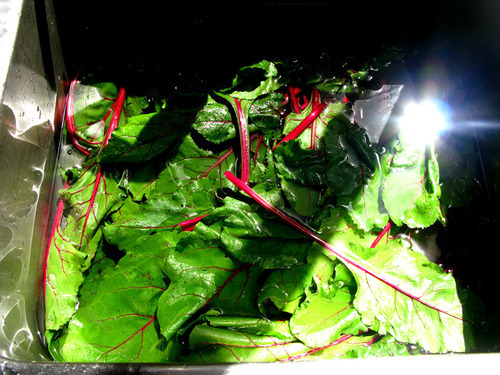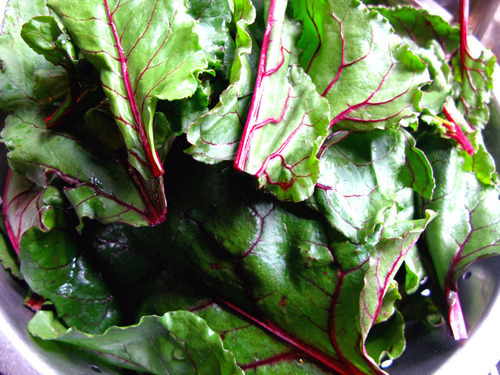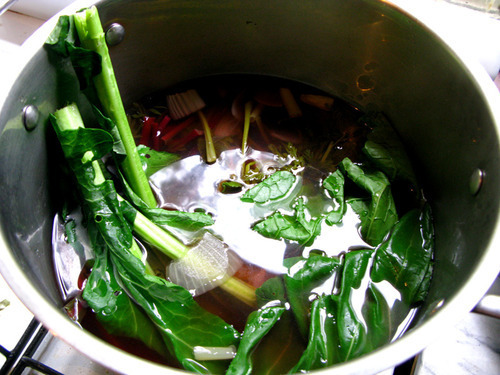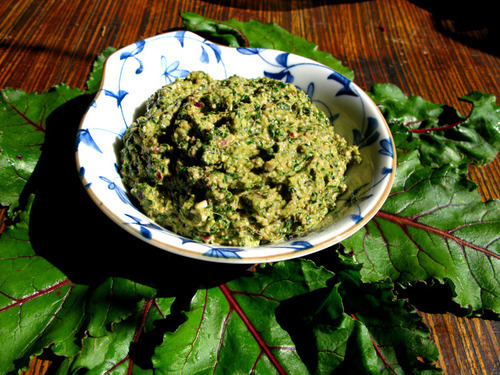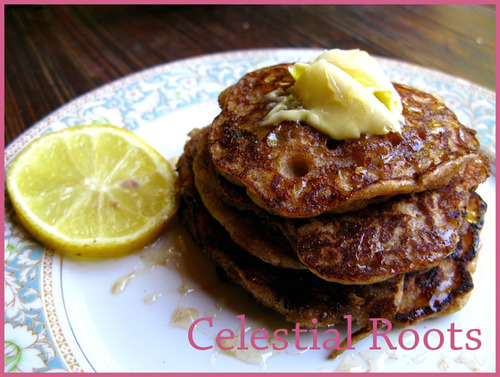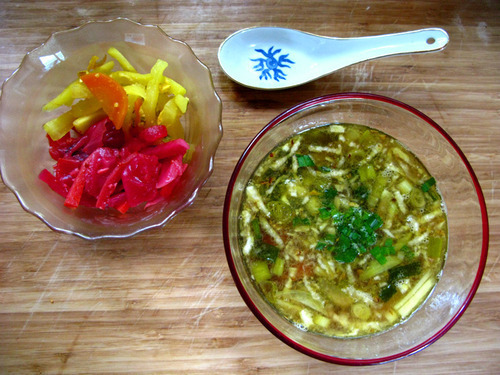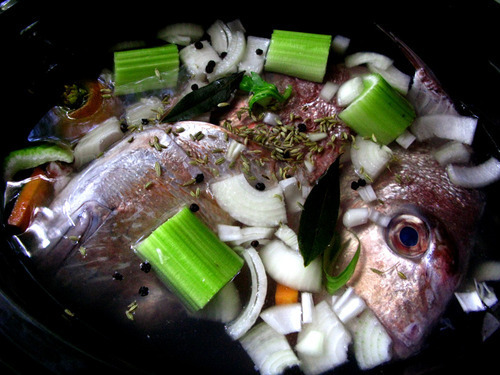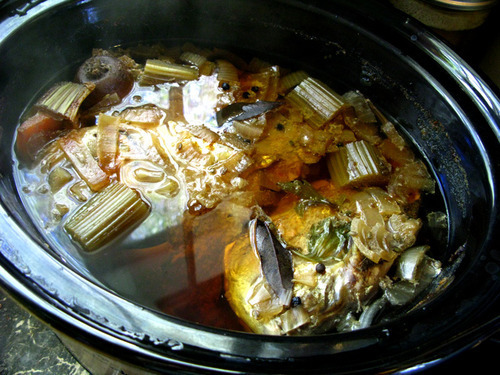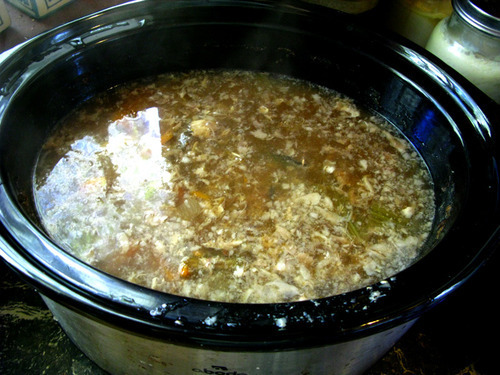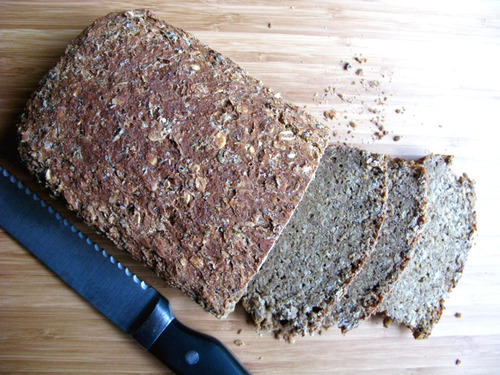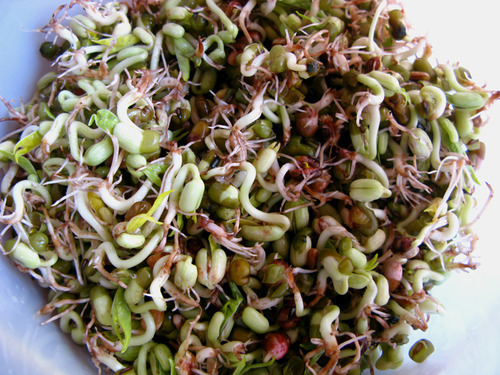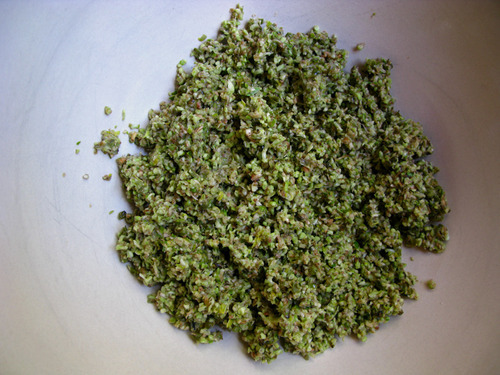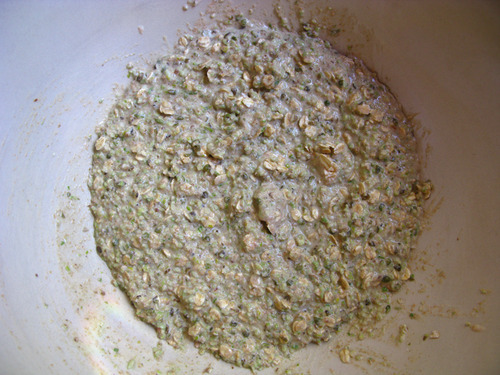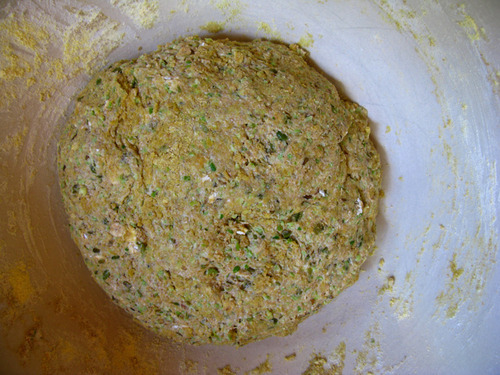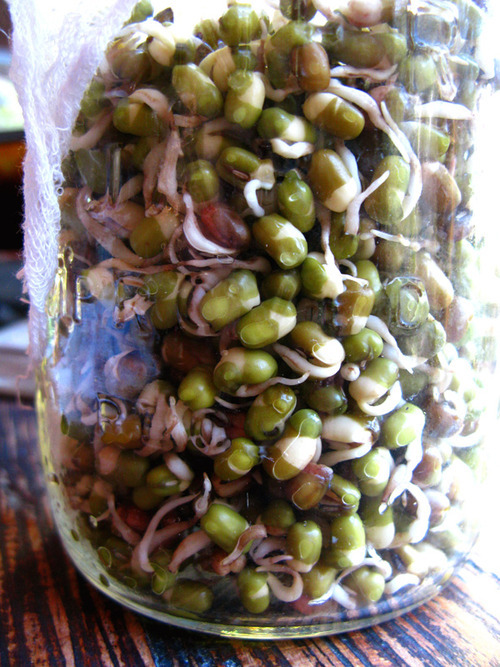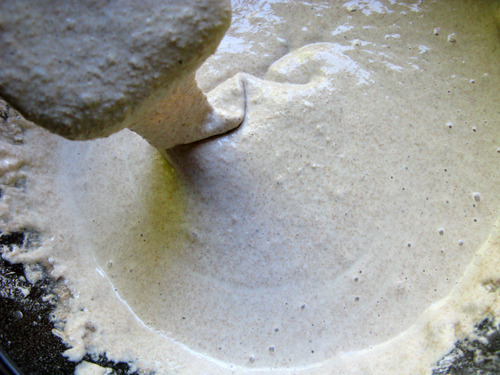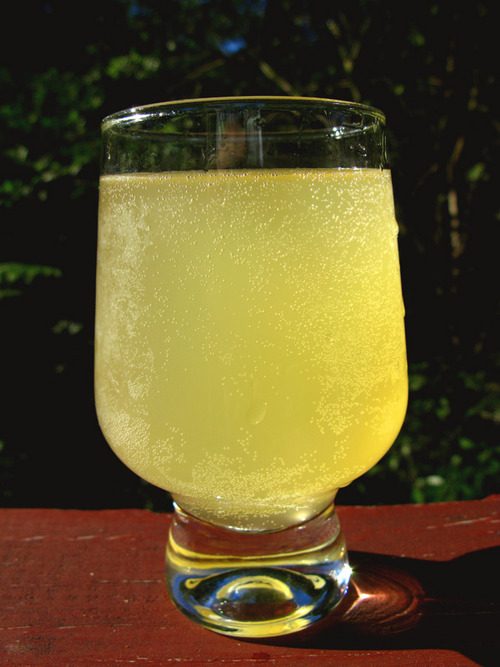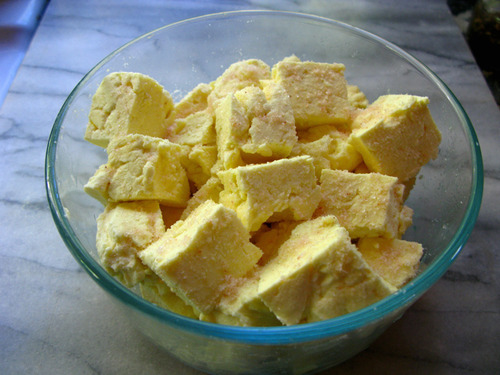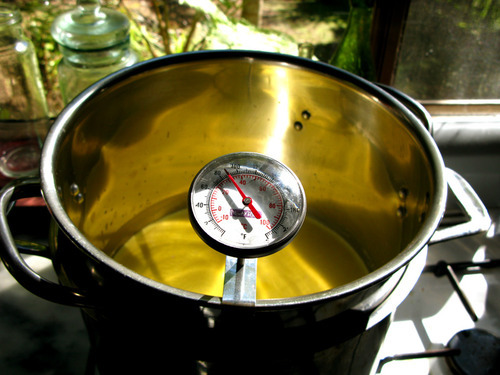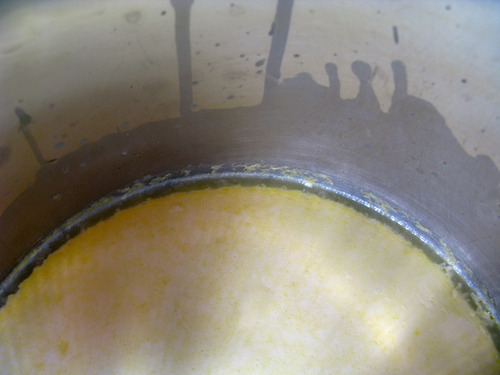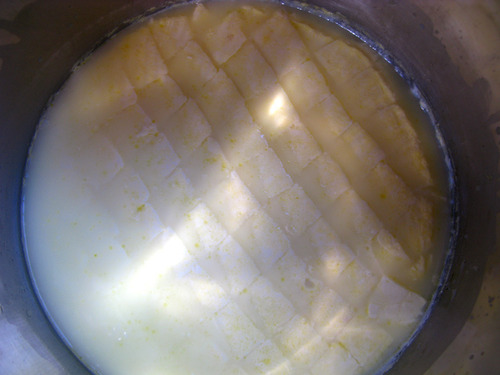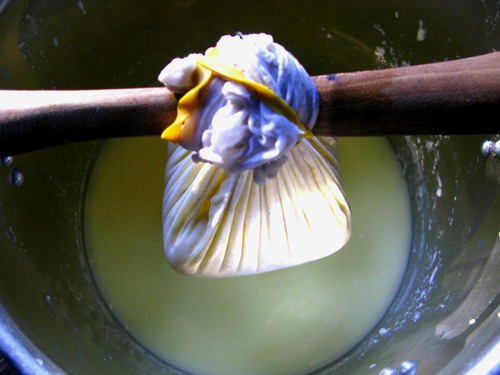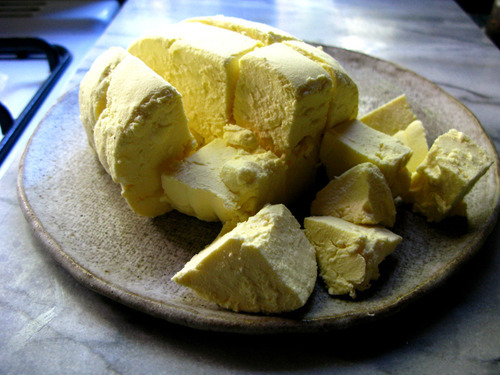Real Men Eat Gluten Free Quiche
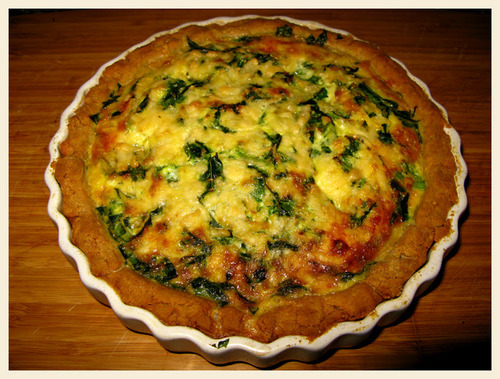
I love quiche. They say real men don’t eat it, and will this gluten free quiche place my manhood even further in question? Well, you could always ask my wife about that, but meanwhile, this gluten free quiche base really works.
Gluten free quiche base
100 - 125 g butter
1 egg
½ cup buckwheat flour
¼ cup rice flour
¼ cup quinoa flour
¼ cup almond meal
1 tbsp + 1 tsp of water
½ tsp Himalayan (or other good) salt
Cut butter into pieces, place in a food processor with the salt, and pulse several times until blended. Scrape the mix down the sides of the processor bowl. Add the almond meal, the rice and quinoa flours, the egg, and the water, and pulse until blended. Scrape the mix down the bowl, then add the buckwheat flour, and pulse again until blended.
Put about 2 tbsp of buckwheat flour in a bowl, then add the dough mix from the processor bowl. Work into a soft but coherent ball of dough, adding a little more buckwheat flour as necessary. Place the ball of dough in a glass bowl with a lid, then place in the freezer for 10-15 minutes. Preheat an oven to 185° C.
Oil a 9 inch flan or pie dish, then place the dough ball in the centre. Working outwards, push the dough evenly to the edges, building up a crust thick enough to ensure a reasonably thin but solid base. Prick the bottom of the dough case with a fork, and blind bake for 10 minutes at 185° C.
You quiche base is now ready to fill and use. 3 eggs and a cup each of cream and grated cheese (of your choice) will be enough with vegetables or meat to fill this quiche.
For this quiche, lay half the grated cheese on the blind baked case, then chopped spinach. Mix the eggs and cream, add a little nutmeg and salt and pepper, pour half over the spinach. Sprinkle most of the cheese, then add the last of the spinach, pour over the remaining egg mix, top with the last of the cheese, crack some pepper over the top, then back at 190 for 30 mins max, or until golden.
And as for all those quiche haters out there? Well, I would say “bite me”, but that would be rude, and it’s doubtful you could keep up with me.
Love, peace, and food freedom!
https://www.facebook.com/celestialroots
http://www.celestialroots.com/
Magic is the Intelligence of Love
